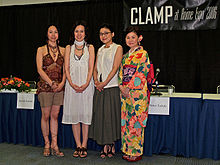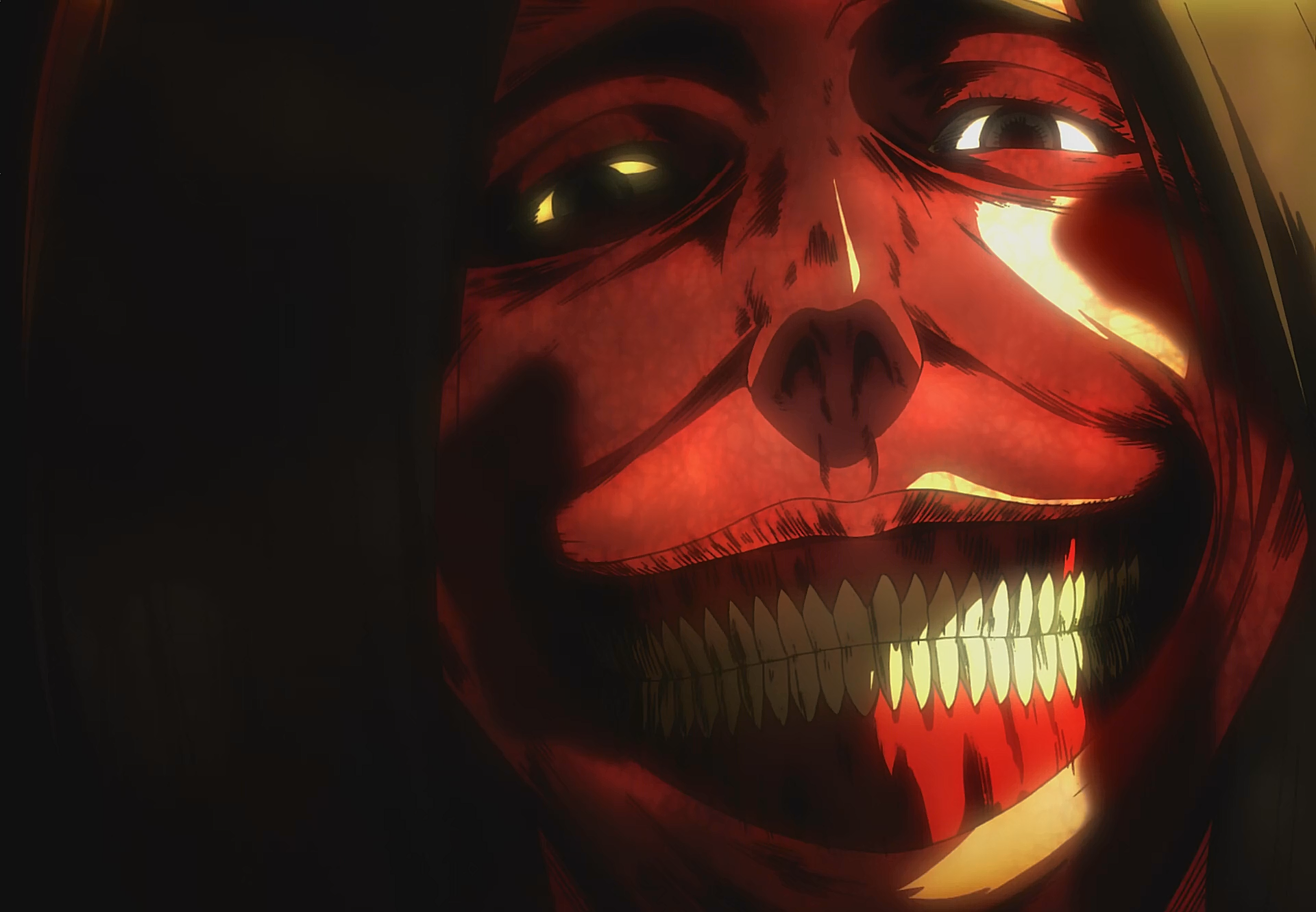A phenomenon some fans take part in, and is present in nearly all fandoms, is 'shipping'. This is where fans take two characters from a favoured media text and entertain the idea that they are in a relationship or believe that they should be despite it not being canon to the original story.
In the case of fanfiction, this is called 'slash' fanfiction and most stories dominantly feature around homosexual males, though authors tend to be heterosexual females. Any females in the fanfiction story or main text are marginalized or completely ignored. However, despite ignoring any characters that would get in the way of the ship these fanfiction writers are like any other, striving 'for a balance between reworking the series material and remaining true to the original characterizations.' (Jenkins 1992, p. 220). Shipping and 'slash' fanfiction is simply interpreting something differently in a media text, instead of simply accepting one dominant reading.
Mirna Cicioni suggests that slash fanfiction can be split into 4 subgenres. These are "first-time" stories, "virtual marriage" stories, "hurt/comfort" and nurturance stories, and sex scenes. (1998, p. 154) and from my own experience of reading slash writing on sites like FanFiction.net and Archive of our Own, I would deem this true. There is definitely patterns and categories which slash fictions can be divided into. What I also find sometimes, is very similar dialogue and bad writing habits, which is evidence of how fans have been influenced by each other.
Although the writing may be bit sub-par, it shows how fans have been inspired by their peers and desperately want to try and present their passions for a shipped couple also, and share it back with their peers. They may never be world class writers, but they are just as passionate of their works, have fun, and spend hours perfecting them, which is what makes a fan.
In this blog post, I have mainly touched on slash writing rather than the other ways of presenting a ship. This is because slash writing is the most significant way fans present their adorations for their shipped couples. It also constitutes 'a significant genre within fan publishing and may be fandom's most original contribution to the field of popular literature.' (Jenkins 1992, p. 188).
References:
Jenkins, H. (1992) Textual Poachers. Great Britain: Routledge
Cicioni, M. (1998) ‘Male Pair-Bonds and Female Desire in Fan Slash Writing’, in Harris, C. and Alexander, A. (ed.). Theorizing Fandom: Fans, Subculture and Identity. New Jersey: Hampton Press.




















